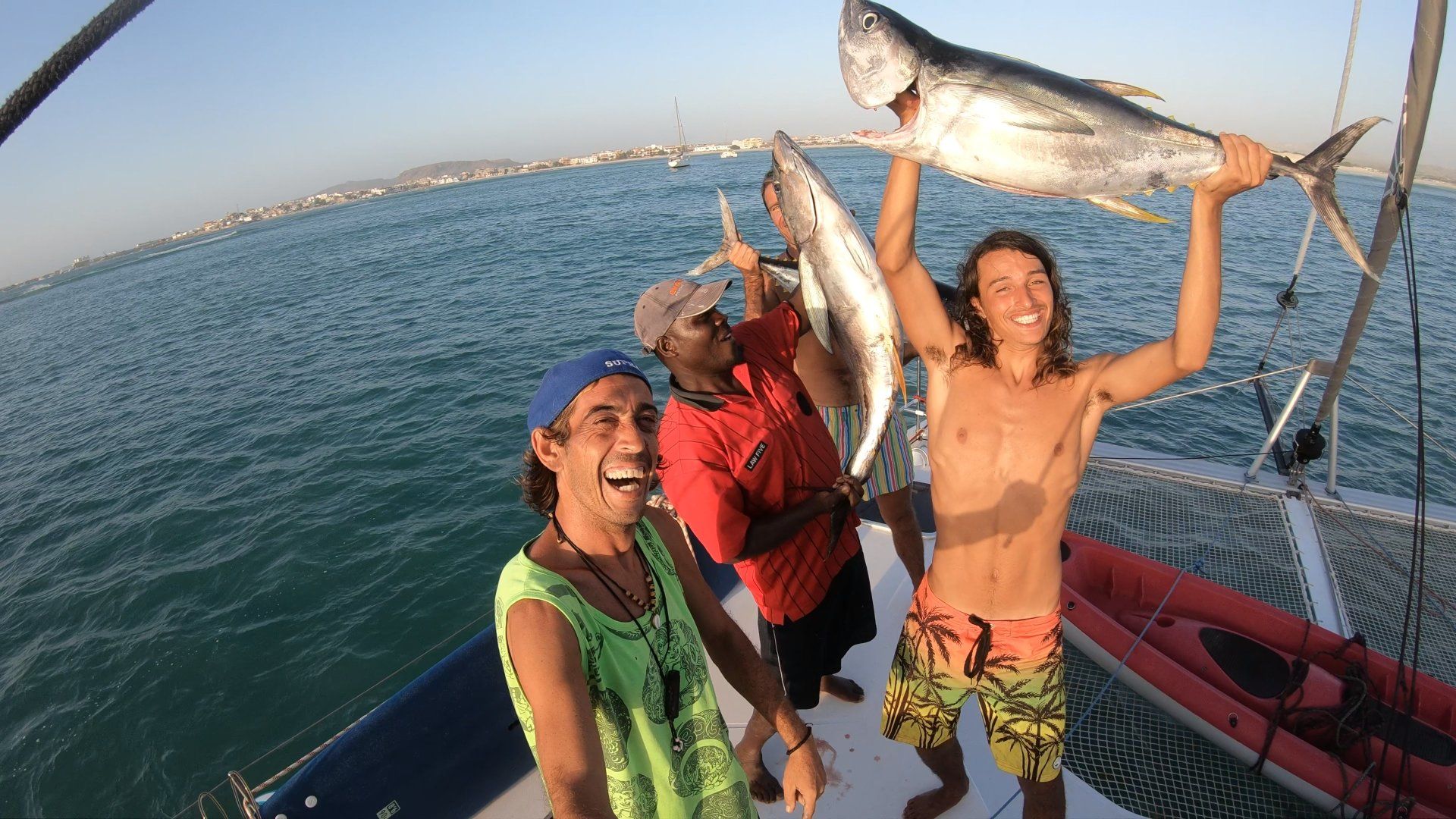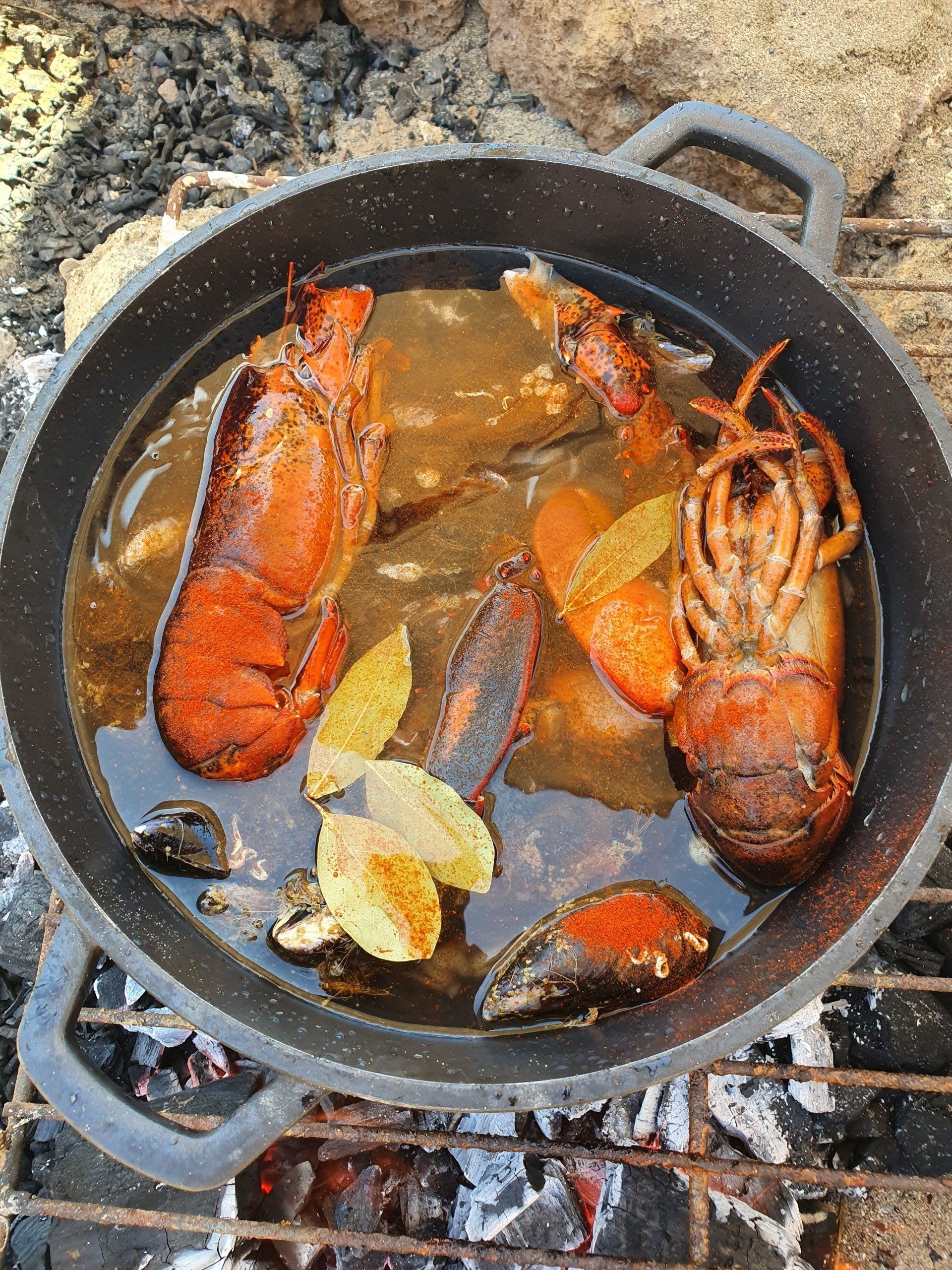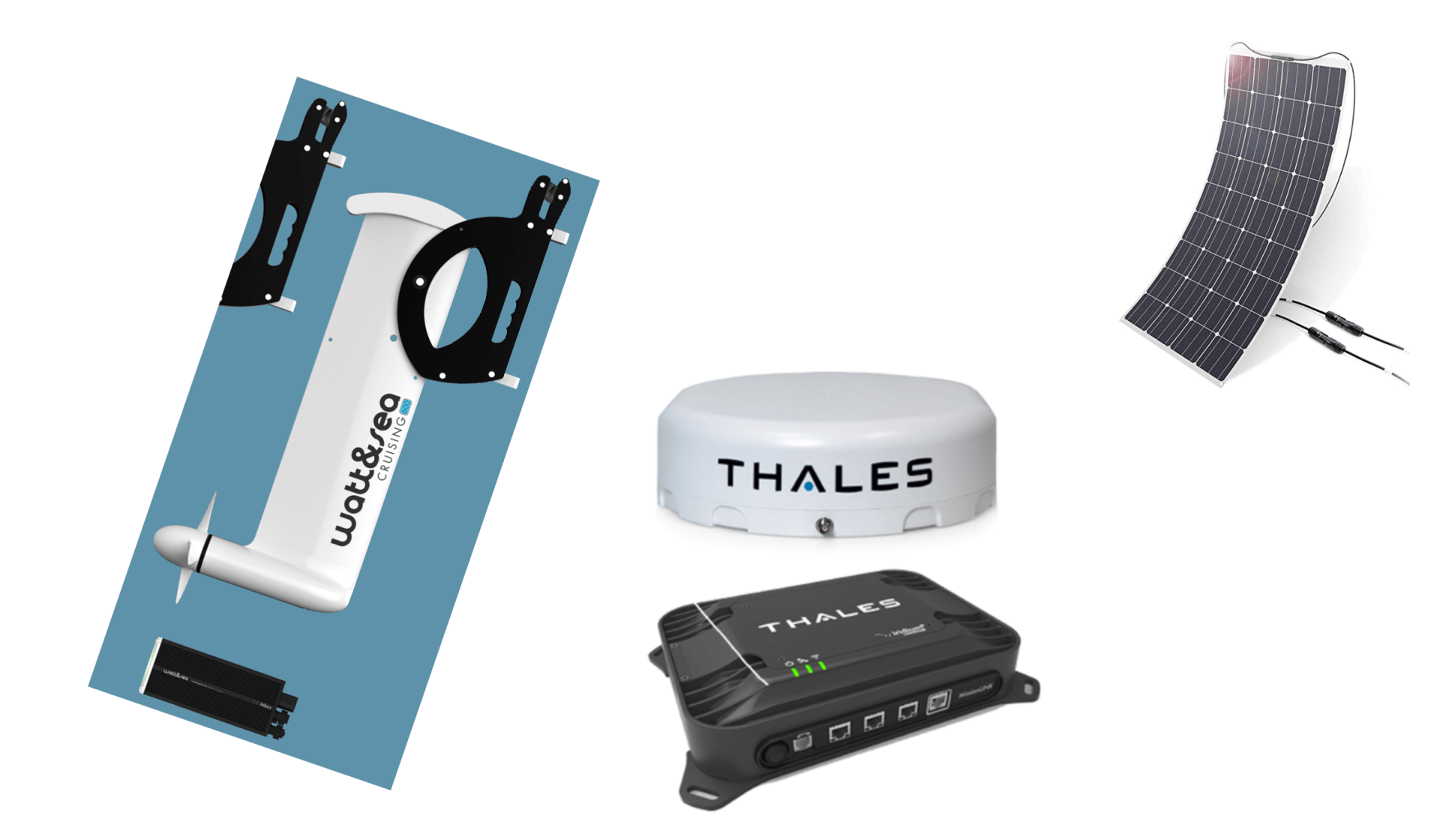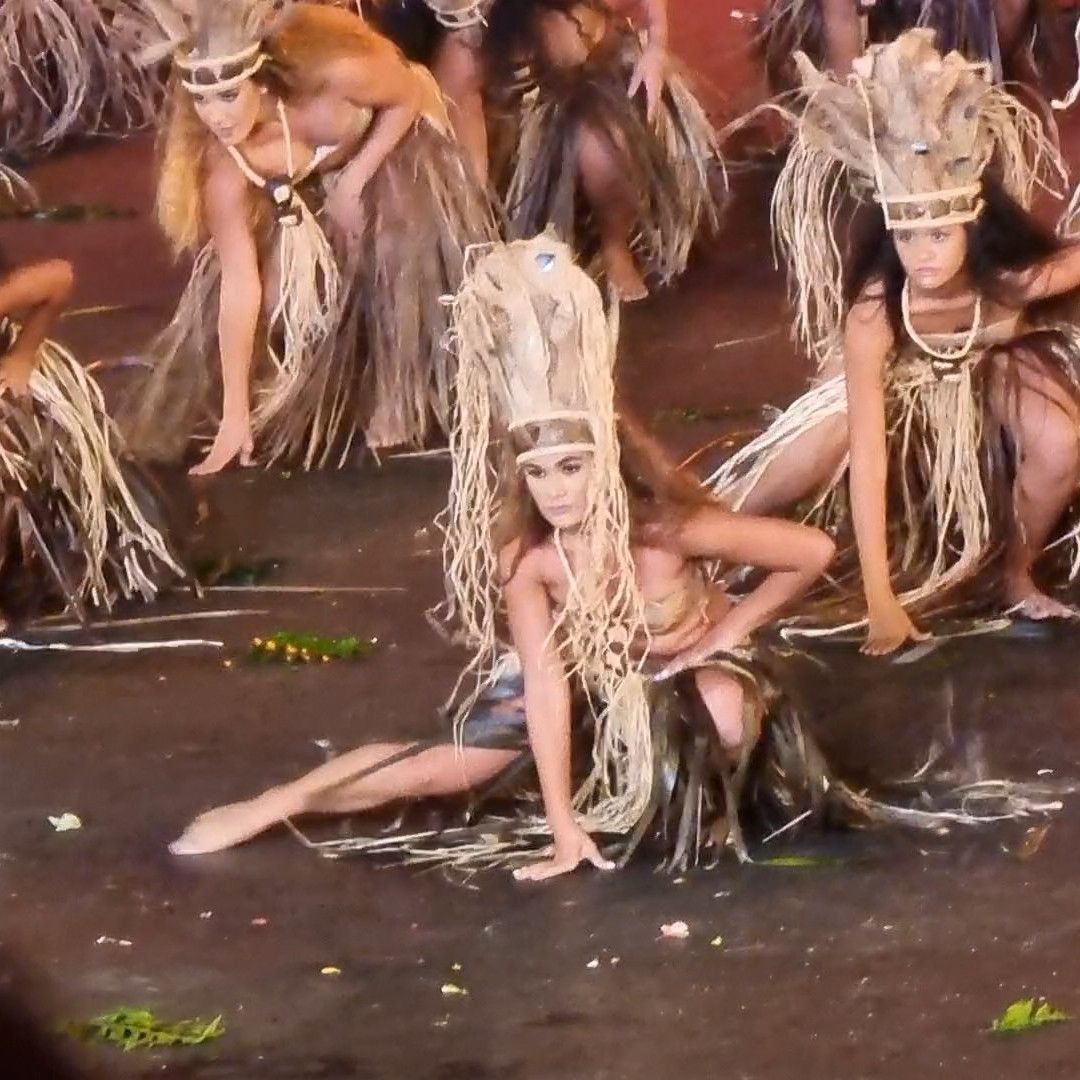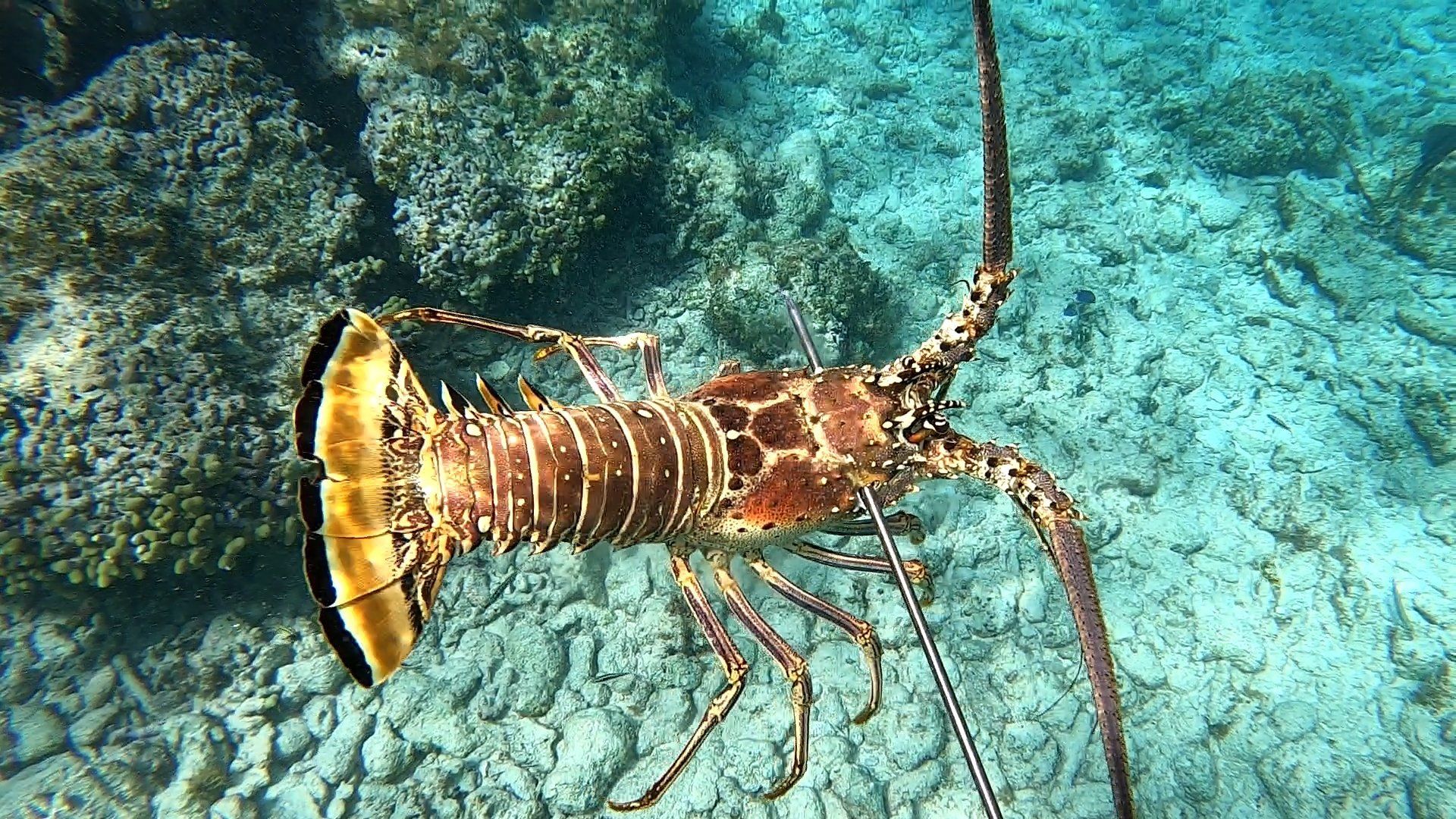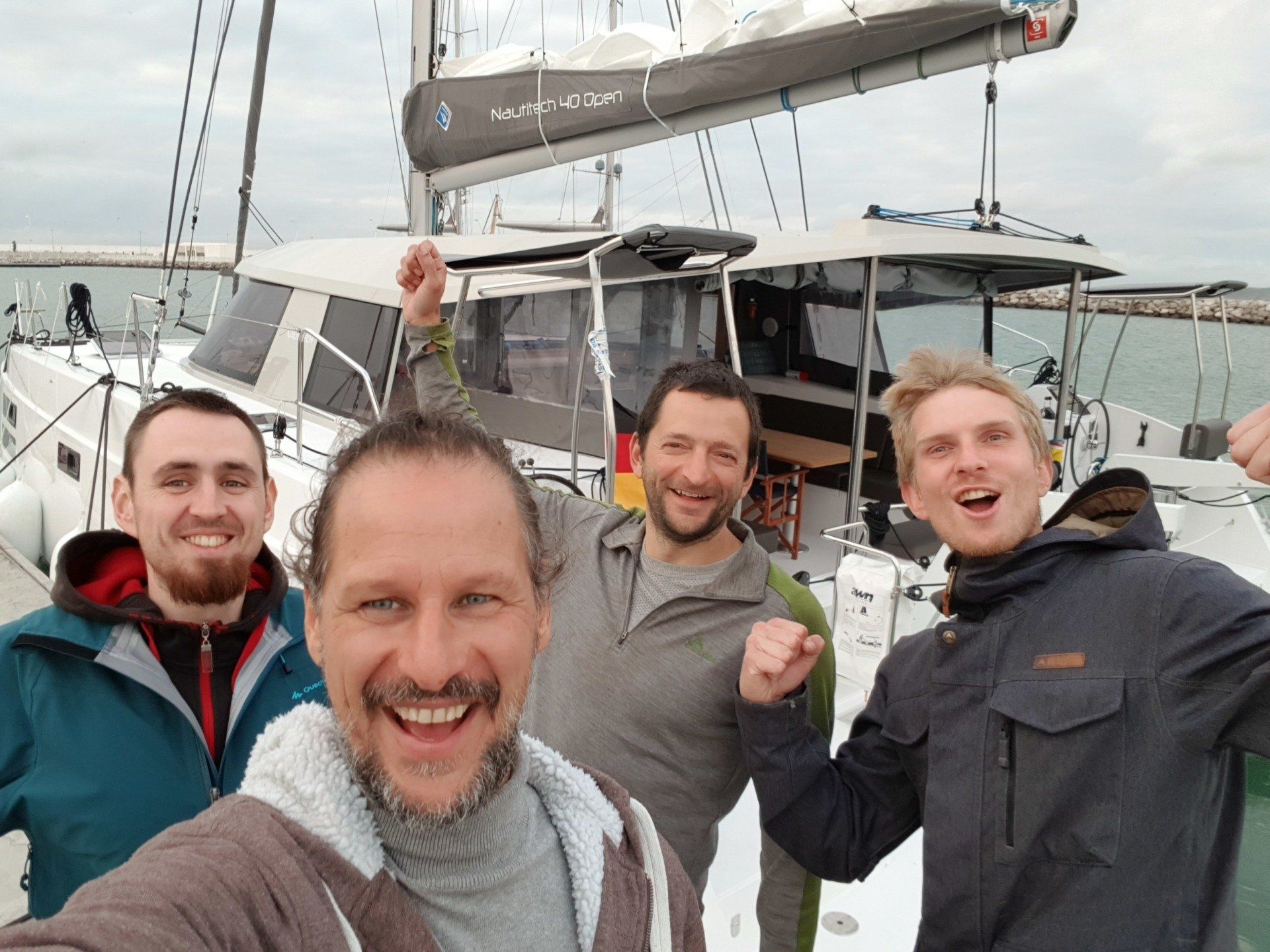Madeira in May 2019
From Las Palmas to Madeira and back
From Las Palmas to Madeira it is 280 nm. With a fast ship you need - depending on the wind - 2 days. Luckily we experienced again that the SAVITA is a fast ship. The crew consisted of Jens and me and of course the autopilot and the radar of SAVITA. We had the wind against us and hacked, barely we left Las Palmas, on starboard tack with 8-9 knots into the waves. Jens had terrible pains in his back as the waves tortured his stomach. He cursed the day when he had started sailing, and decided to stop as soon as possible.

We arrived in the middle of the night in Funchal, Madeira and put down the anchor in front of a steep rock that looked terrifying in the night. When we woke up in the morning, we were surprised when we discovered that the cliff face was overgrown with green. Roosters crowed and goats moaned at sunrise.


In Funchal the famous Fest da Flor was taking place and we enjoyed our time.




Here's some pictures of a walk from Ribo Frio in Madeira's moutains. Something you don't want to miss in life.




Out next stop - and only harbour on entire Madeira that had a berth for us - was Quinta do Lorde. Pictures look pittoresque, but reality is cruel: This village was build in the middle of nothing to attract tourists, the company was bancrupt last year and the entire village is empty and dead. Make an effort to miss this experience.
Going around the north coast of Madeira is interesting because of the many steep rocks in the water. Coming to the weastern edge the wind picked up very quickly from 15 knots to 30. We still had the Gennaker up and for 10 minutes we feared it would break. It didn't and the wind dropped to 0 once we had made it around the corner onto the south side of Madeira. I had underestimated the jet effect that builds up as the wind howls around big rocks in the ocean.
On the south coast we anchored in front of the port of Calheta. The marina was destroyed by rockfall. Looks dangerous, is dangerous.
... but the village is beautiful by night:
Next anchor place was Faja dos Padres, a plantage at the foot of a steep mountain that grows many exotical fruits like bananas, avocados and mangos.
The water was clear and we found some time to clean the hulls underwater. Only the barnacles that had grown on the propeller in only 3 months are impossible to clean of without force. We have think of a way of getting them clean again.
Back in Funchal we met by accident our old friend Alexey who was anchored in front of the harbour. We had chartered catamarans 2 times in 2017 and 2018 from him.
In the night we set out to experience some real Fado in Funchal.

In the Fado bar we wondered how they had managed to make such a nice portrait of Eva without ever seeing her.

Sabor a Fado, Travassa das Torres, 10, 9060-315 Funchal. Reserve a table, Tel 00351 925612259 or saborafado@hotmail.com. Very authentic experience.
Next day we visited the market. This is the typical scabbardfish that is cought with lines from a depth of 1500m. Looks so ugly that we didn't want to try it.
Tuna is the other type of fish they sell, nothing else.
We got two huge chunks of tuna and fried it in the evening. You have to take it out of the fridge some hours before frying it because you fry it so quickly that otherwise the inside remains cold.
We didn't know how many types of maracuja exist.
On our way back to Las Palmas we passed by the Santa Maria de Colombo, an exact replica of the boat Columbus used to cross the atlantic ocean (only this one has a motor as serves as a tourist attraction).
With favourable winds we pulled up the Parasailor and surfed the waves.
Half way between Madeira and Gran Canaria some rocks in the ocean are called the Salvagem Islands. The only inhabitants are rangers in a solar driven station and thousands of birds.
The rangers showed us around on the island.


In the night we were attacked by wild birds.
The way back to Las Palmas was easy and fun.
